Murraya koenigii
Have you ever dug into a bowlful of yellow dal from your favorite restaurant and marveled at that subtle, citrusy flavor that maybe you couldn’t quite place?
Want to make that herbaceous deliciousness a part of your personal culinary repertoire? Then you should consider growing your own curry leaf tree at home.
You can use the leaves in your cooking, and as an added bonus, this plant is also stunning as an ornamental.

We link to vendors to help you find relevant products. If you buy from one of our links, we may earn a commission.
It has an elegant bush-like growth pattern that stands out in the garden, and when you brush the leaves, they release their pungent, spicy aroma.
The curry leaf tree is a tropical plant that’s native to India and Sri Lanka. It has pointed, oblong leaves that grow in pairs.
And during the summer, it features tubular white flowers that are incredibly fragrant, with a sweet, citrus-like scent.
For those gardeners who don’t live in tropical areas, this is one plant that is happy to grow in a container indoors – and outdoors at certain times of the year.
I’ve grown it indoors for years as a decorative plant that occasionally contributes to my meals.
Ready to join the club of curry leaf plant aficionados? Then read on!
What You’ll Learn
What Is the Curry Leaf Tree?
Before we dive in, let’s clarify a few things.
Curry leaf, Murraya koenigii, is a different species from what is commonly referred to as the ornamental curry plant, Helichrysum italicum, and neither of these is used in making the spice blend known as curry powder, a British invention that contains no “curry” whatsoever.
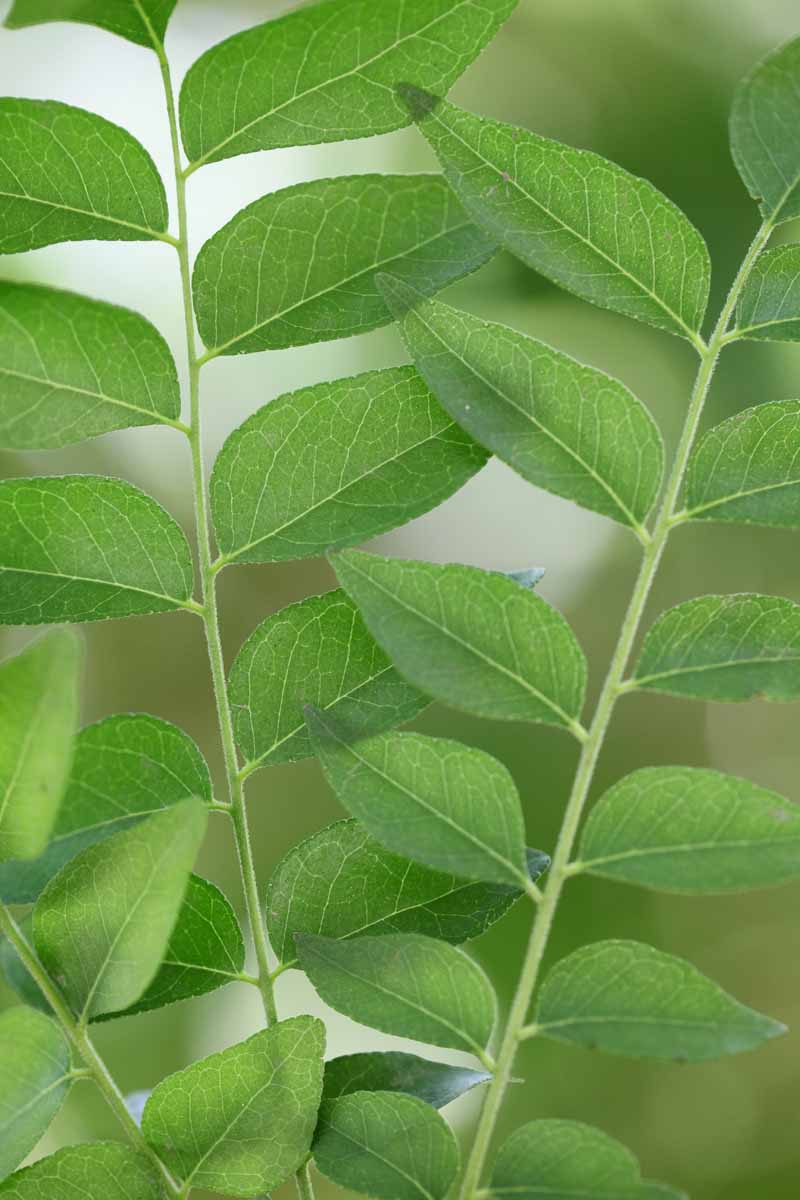
H. italicum is a member of the daisy family that looks a bit like lavender. The leaves have an intense scent, and it has small yellow flowers that look attractive in the garden, but it’s not edible.
The curry leaf plant – also called curry leaf tree, sweet neem, kadi patta, or curry tree – hails from India and is a member of the citrus or rue family, Rutaceae.
It can grow up to 20 feet tall at maturity in its native tropics, though it’s usually smaller in cultivation. There are multiple varieties available, and three different sizes: regular, dwarf, and miniature. All varieties are evergreen.
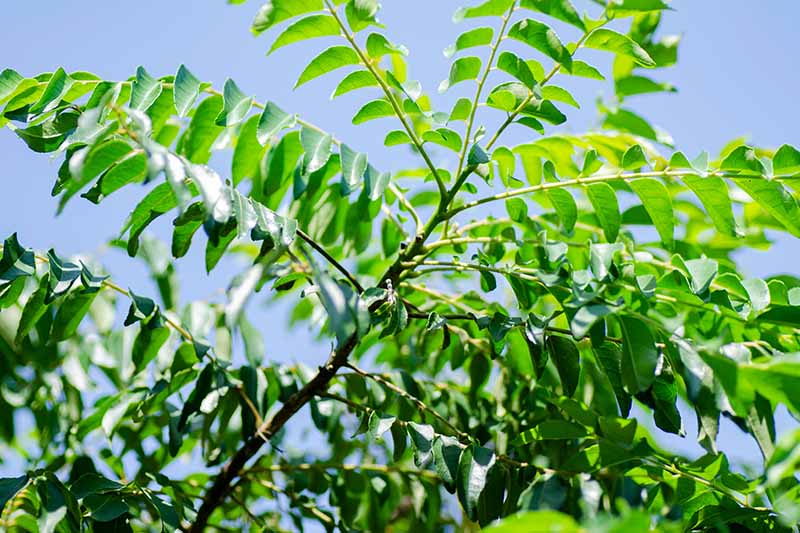
In the United States, it will thrive outdoors in USDA Hardiness Zones 8-12. Dwarf and miniature plants can be grown indoors, if your climate isn’t sweet neem-friendly.
It has a graceful, open growth pattern that makes it attractive in an ornamental garden. The plant features showy white flowers in early summer, and dark, sweet, shiny fruits that form in July and August.
The seeds are poisonous, but the berries are used in Yunani, Ayurvedic, and homeopathic medicine.
The leaves of M. koenigii are commonly used in Filipino, Indian, Pakistani, Mexican, Sri Lankan, Cambodian, Malaysian, and Thai cooking. It has long been valued in its native region not only for its citrus-like flavor, but also for its medicinal value.
These days, it’s cultivated commercially in Sri Lanka and other parts of southeast Asia, Australia, and the Pacific Islands.
Propagation
You might be able to find plants at your local nursery or Asian market. You can also buy seeds and plants online.
M. koenigii is typically propagated by rooting cuttings, but you can also try growing it from seed if you’re patient.
From Seed
You can propagate curry leaf trees by planting seed, but keep in mind that this isn’t a quick process. It can take two years before your plant becomes established enough for you to start harvesting the leaves regularly.

Purchase fresh dried seeds for the best chance of germination. Older seeds don’t germinate well.
Remove the hard outer shells by rubbing the seeds, which are actually the pits of the berries, between your hands. If that doesn’t work, put the seeds in a plastic bag and roll a rolling pin over them.
If you’re using fresh berries, soak them for 24 hours to extract the seed inside. After soaking, you can gently rub off the flesh and pulp that surrounds the seed.
To start seeds indoors, sow them a third of an inch deep in potting soil and keep it moist. You can cover the container with plastic wrap with holes poked in it to help retain moisture, effectively creating a mini greenhouse.
Seeds need a soil temperature of at least 68°F to germinate, so use a heat mat if necessary.
The germination rate of these seeds is pretty low, so try planting several seeds per tray cell to improve your chances of producing a healthy plant.
After the seedlings emerge, thin them out to one seedling per cell as needed.
Outdoors, sow directly into the ground when daytime temperatures are consistently above 65°F.
Standard sized plants should be planted four to five feet apart or the same distance away from any structures. Keep the soil moist until the seedlings emerge, in about two to three weeks.
When your curry leaf plant is about six months old, it’s time to start pruning.
When a healthy seedling has formed six or more branches with several developed leaves on each, pinch back or prune two of the branches to encourage bushier growth.
The goal is to encourage the plant to become bushy with lots of offshoots rather than spindly and tall.
From Cuttings
In the spring, cut a three to six-inch piece of stem that has at least three sets of leaves from a mature, healthy plant.
Clip the branch as close as possible to the main stem and then cut the base at a 45-degree angle. Remove the lowest set of leaves and dip the bottom in rooting hormone powder.
Fill a container with soilless potting mixture. I like to use a four- or six-inch biodegradable pot because they’re easy to transplant, but any container that size will work.
If you need to purchase containers, consider buying some CowPots from Arbico Organics. They’re biodegradable and come from a renewable resource (cow poop).
Poke a hole in the potting mixture and insert the cut end of the stem. Bury it an inch deep. Place the container in an area with at least six hours of indirect sunlight per day.
Keep the potting mixture moist and mist the cuttings every day until the roots have become established.
You’ll know it’s ready to transplant when you can tug the plant gently and it resists, typically after about three weeks.
At that point, you can harden it off outside as long as nighttime temperatures are above 40°F.
If you have warm enough temperatures, and you plan to move your curry leaf tree outside, first harden off your rooted cutting by gradually introducing the plant to outdoor sunlight and wind.
On the first day, give the plant an hour of sun. The next day, increase the time spent outdoors to two hours. On the third day, give it three hours, and so on.
After a week, it’s ready to go in its permanent home, whether that’s in the ground or in a container outside.
Standard plants reach six to 15 feet tall at maturity with a four to eight-foot spread. Space them four to five feet apart and the same distance away from any other plants or structures.
If you’re keeping your plant indoors, select an area that gets at least five hours of direct sunlight a day. But don’t just put it in that spot right away.
Gradually introduce it to the direct light over a period of about a week, providing an hour of direct light on the first day, two hours on the second day, and so on, to acclimate your cutting to these bright conditions.
How to Grow
Curry trees can grow in a full sun to part shade location. If you are growing yours in a container in a cooler region, give it full sun. This plant should never be exposed to temperatures below 40°F.
Young plants that are under a year old shouldn’t be exposed to full sun in extremely warm regions. If temperatures climb to 100°F, keep them in a partially shady spot.

Plants need loose, rich, well-draining soil. The earth should be slightly acidic, with a pH of 5.6-6.0. Curry leaf dislikes wet feet.
If your soil has poor drainage, work in some sand to improve it. Other than that, this plant isn’t too fussy.
I like to work well-rotted manure or compost into the earth when planting to give the bush a good start in its preferred conditions, since I have poor soil.
Test your soil before planting to determine whether you need to add any amendments, and then test again during the middle of the growing season.
The goal is to give the plants plenty of nutrients, particularly nitrogen to encourage leafy growth.
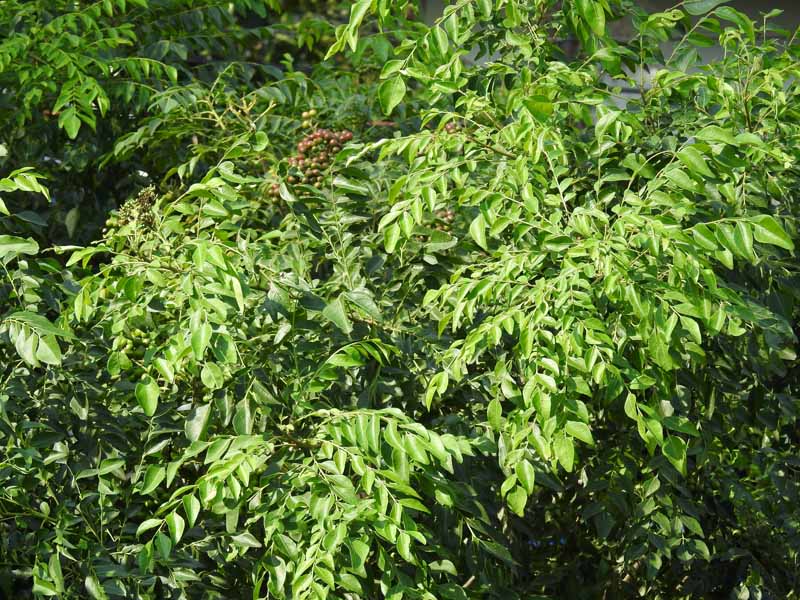
Once or twice a year in the spring and/or fall, add two tablespoons of 20 percent iron sulfate to the soil, particularly if you notice the leaves turning yellow with dark green veins. Curry leaf is prone to iron deficiency.
During the summer months, you may fertilize established plants that need a boost of nutrients every four to six weeks with liquid fish fertilizer.
Use three tablespoons per gallon of water and apply it to the roots.
Water regularly, at least once a week, but be careful not to overwater. The surface of the soil should just barely dry out in between watering.
Curry leaf plants can tolerate semi-drought conditions once established, and it is more likely to survive drier conditions than overly wet ones.
If you live in a windy area, you may want to stake your plant to keep it from bending or breaking in strong gusts of wind. This is recommended for any plant that is taller than about two feet.
Select a stake that is at least two-thirds as tall as the bush will be at its mature height, and gently insert it six inches away from the stem of the plant.
If you encounter resistance, adjust the stake position and try again, to avoid damaging the larger roots. At least one-third of the stake should be inserted into the ground for stability.
Loosely tie to the stake with twine in several places, or you can use hook and loop tape designed for staking.
If the weather gets cool in your area, your plant’s leaves may turn yellow and fall off. As long as temperatures haven’t dropped below 40°F, this doesn’t mean that it’s dying – just that it’s going dormant.
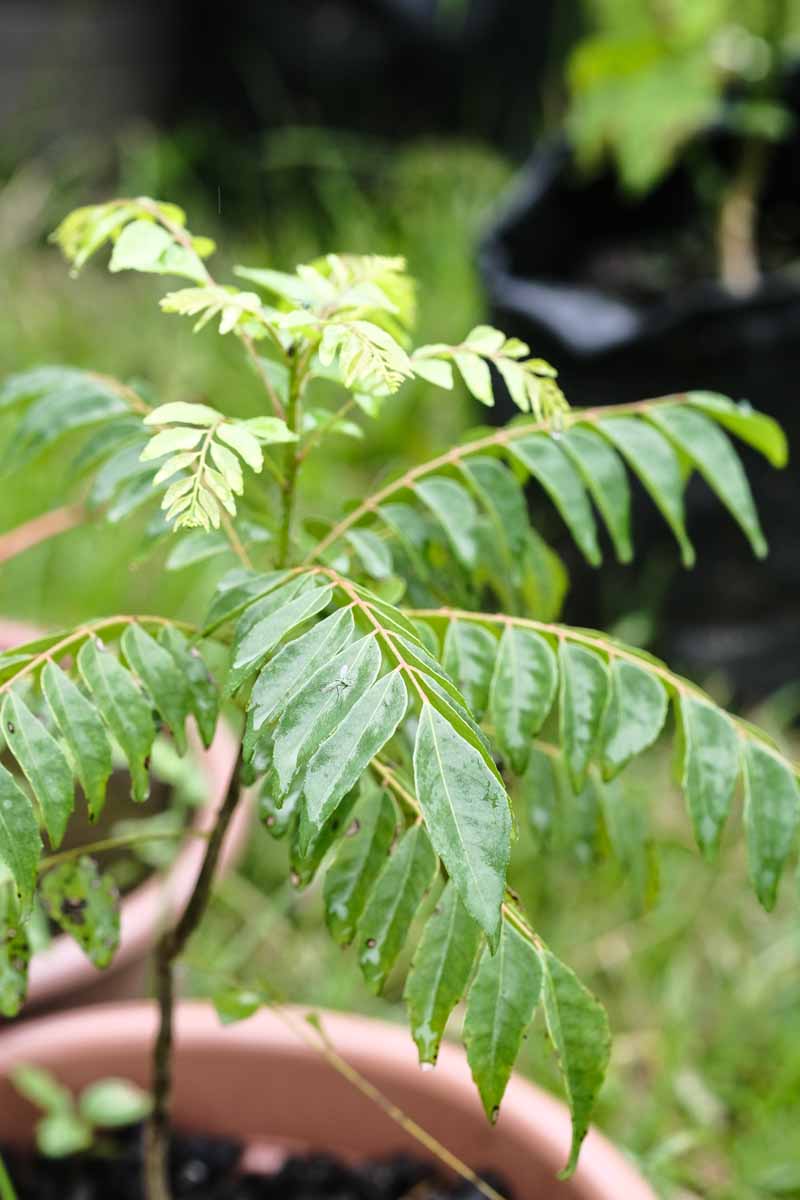
Anything in the high 50s and below can send the plant into dormancy.
If this happens, leaves will reemerge in the spring when temperatures increase. Reduce irrigation so the soil dries out to one inch deep in between waterings. This will help to prevent root rot.
You can also prevent leaf drop by increasing the temperature if the plant is growing indoors.
Pruning isn’t necessary for plant health, but it can help to increase your harvest. Prune in the spring if you want to control the plant’s size and encourage bushier growth.
If you plan to harvest the leaves, pinch off the buds that form on the plant. These commonly form in the spring, but the plant flowers sporadically during the spring, summer, and fall, so keep an eye out.
These will open into beautiful, fragrant flowers, but the blossoms come at the expense of leaf growth.
Since I don’t use a ton of leaves in my cooking, I let my plant flower. The blossoms are so pretty and they smell so good, I don’t want to go without.
Curry leaf plants are self-fertile. If you let the flowers grow, the fruits will mature during July and August on plants grown outdoors in Zones 9-12.
I like to snip off the flowers before they mature into fruits with a sharp pair of scissors, but you can allow them to form if you want to use them medicinally or to save seeds for planting.
Just keep in mind that when a plant starts developing flowers and fruits, it generally stops putting its energy into growing leaves.
The flowers have a strong, sweet scent, and birds like to eat the berries – and spread the seeds.
As I mentioned earlier, you can absolutely grow curry leaf trees in a container. The most important thing to keep in mind is that you’ll need to repot in a larger container as the plant grows.
Within ten years, a full-sized standard tree should be potted in a 30-gallon container. If you grow the miniature or dwarf variety, these can be potted in three-gallon or five-gallon containers respectively when fully mature.
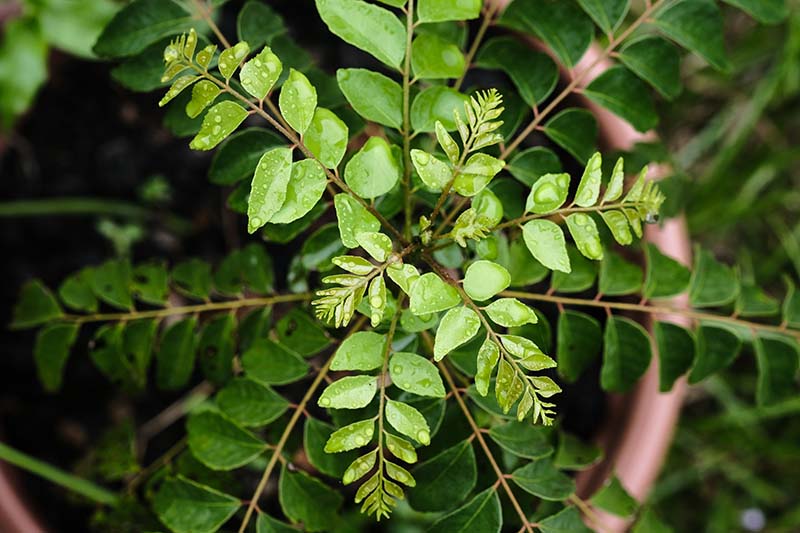
If you plan to move your plant indoors in the winter and out again after all risk of frost has passed each year, you should select a miniature or dwarf variety.
A 30-gallon container is going to be way too heavy to move around!
Fertilize container-grown plants with container-specific fertilizer every six weeks during the spring, summer, and fall.
If you grow your curry leaf plant indoors during periods of cold weather and move it outside when it’s warm, be sure to gradually harden it off by reexposing it to the sun in the spring as you would a new seedling.
Growing Tips
- Plant in well-draining soil
- Provide full sun for mature plants, or shade during the heat of the day in hot regions
- Fertilize as needed, throughout the year
- Water moderately, and avoid oversaturating the soil
Varieties and Cultivars to Select
There are three sizes of curry leaf trees commonly available, referred to botanically as “morphotypes,” with several different cultivars of the standard size.

Large, or standard, curry trees are the ones that are most commonly cultivated for commercial production. If you’re buying curry leaves at the store, they most likely came from a standard plant.
Large trees grow fast and have flavorful leaves. They grow best in Zones 9-12, in gardens where they can be grown outdoors year-round.
There are a few cultivars of the standard size that you can find, though most plants that are available from nurseries in the United States are sold under the generic species name M. koenigii.
The dwarf variety has longer leaves that are slightly lighter in color than those of the full-size plant. These grow to be about 12 to 24 inches tall and 12 inches wide at maturity.
These may spread via suckers and in the right conditions they can even become invasive, so container planting or regular pruning of the suckers may be necessary. The dwarf variety may be grown outdoors year-round in Zones 8-11.
Gamthi (miniature) varieties grow the slowest and have thick, highly fragrant leaves. If you want a plant to grow in a container indoors that you can also harvest leaves from to use as an herb in your cooking, I’d recommend this one.

You can find a three- to four-inch plant available from Hilltop Fresh via Amazon.
This type grows to be about six to eight inches tall at maturity, and the leaves are even more flavorful than those of the larger types.
Like the dwarf type, gamthi grows best in Zones 8-11, or it may be grown indoors in cooler regions for part or all of the year.
Managing Pests and Disease
I hate battling pests and disease. My philosophy is that if I have to fight to keep a plant alive, it wasn’t meant to grow in my garden.
That’s another reason why I’m a fan of curry leaf. It is resistant to most pests and diseases that can take down other plants.
Still, there are a few things to watch out for.
Pests
Aphids are particularly fond of young plants. You’ll notice groupings of tiny and wingless yellow, brown, pink, black, gray, or green insects on the foliage.
They will suck the juices out of your plant, and they can spread disease. Their damage can cause leaves to curl and turn yellow, and they leave behind a sticky substance called honeydew that can lead to sooty mold.
The first line of attack is to spray plants with a blast of cold water. Sometimes knocking them loose so they will move onto other plants is all that is needed. If that doesn’t work, try dusting your plant with flour.
If an infestation gets really bad, try a weekly application of neem oil until the pests are gone.
Plants can also be attacked by spider mites. These tiny arachnids are hard to see, but you’ll probably notice the webbing that they leave behind.
They feed on plants by piercing them and sucking out their moisture, and they can cause yellowing or necrotic spots.
On top of that, they can also transmit disease. And they prefer hot weather – just like the curry leaf plant.
You can deal with this pest by spraying plants with a blast of cold water to dislodge them. Do this daily for a week.
If that doesn’t work, try introducing beneficial insects like lacewings and ladybugs into your garden.
If that doesn’t work, it’s time to break out the big guns. Use insecticidal soap or neem oil to control them.
Three times a week for two weeks, spray your plants with soap or oil, following the manufacturer’s instructions.
Psyllids, like mites and aphids, also suck the sap out of plants. Left to feast long enough, the leaves on your curry leaf plant will eventually turn yellow and die.
This bug is about a tenth of an inch long with a reddish-brown color. It can jump long distances and fly. Nymphs look similar to scale, another common plant pest.
Beneficial insects like ladybugs and lacewings can help to control populations, as will the same regular applications of neem oil as described above.
You can also dust diatomaceous earth on and around your plants.

If none of that works, the biological insecticide BotaniGard ES, available via Amazon, is highly effective against aphids, mites, and psyllids.
This insecticide contains the beneficial fungus Beauveria bassiana to control a variety of soft-bodied insects.
Disease
Leaf spot is a catch-all name for a disease caused by bacteria and fungi that causes spotting on your plant’s leaves. This disease can weaken your curry leaf tree and, over time, cause enough stress that your plant succumbs and dies.
As the name implies, it presents as small brown or black spots on leaves.
To control it, stop fertilizing unless a soil test indicates a specific nutrient deficiency. Make sure your plant gets the right amount of water and apply a three to four-inch layer of grass, leaf, or newspaper mulch around the tree, leaving two inches between the mulch and trunk.
Also, don’t overcrowd your plants, and keep them pruned to promote air circulation.
If none of that helps and your plants have a leaf spot infection for several years in a row, apply a broad-spectrum fungicide in the spring.
Also keep an eye out for citrus greening. This disease is caused by the bacteria Candidatus Liberibacter asiaticus and it presents a serious threat to citrus plants in the US, UK, Asia, Africa, and Brazil.
It is spread by psyllids, which is why it is extra important to keep bugs under control.
In some areas, it has become such a concern that some governments are restricting the transport of citruses and other plants in the Rutaceae family. Yep, that includes curry leaf plants.
In the UK, the import of fresh curry leaves and plants from outside of the EU is banned. In the US, import and inter and intra-state movement of the plant and fresh leaves is restricted.
To learn more about this disease, check out our guide to citrus greening.
Harvesting
Regardless of size, the plant should be fully productive by year five. During years one through four, the harvest will begin to increase gradually each year.
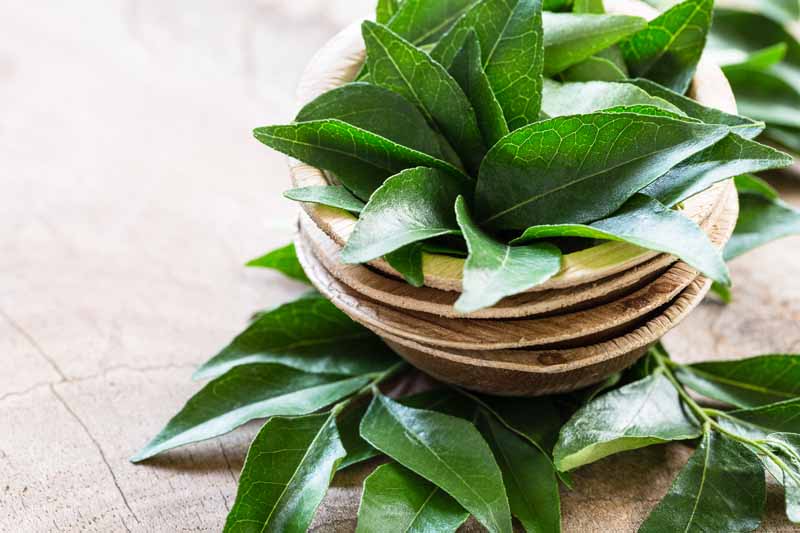
Standard varieties should be about six feet tall in two years, and you can begin harvesting regularly at that point.
Dwarf and miniature (gamthi) types take a bit longer to reach a harvestable size of about half of their mature height, with the miniature plants taking up to five years.
Harvesting can be done in one of two ways:
You can pluck leaves as you need them. Or you may take a larger harvest two or three times a year.
The second method means cutting off branches every two months during the growing season.
Use scissors or pruners to cut back the branches. Leave a few inches at the base of each branch. Never take more than half of the leaves at a time.
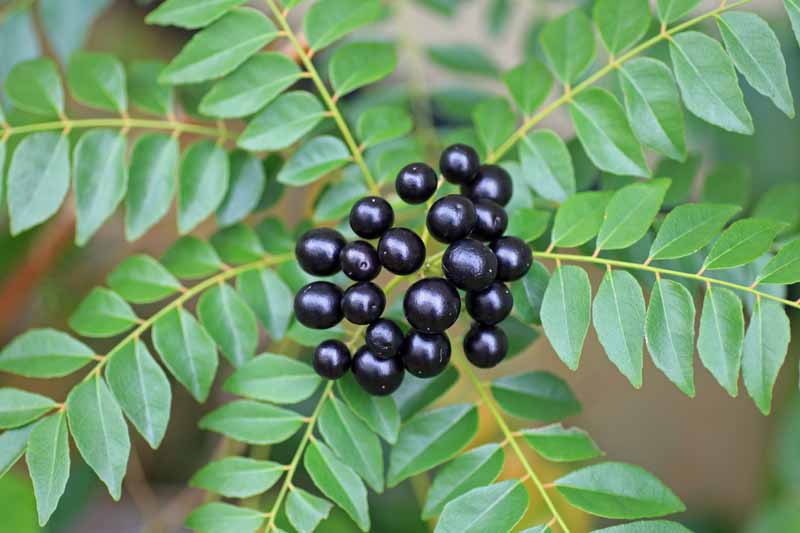
Don’t be shy about harvesting. In fact, it promotes bushier growth that will allow you to harvest leaves regularly in the future.
As long as you don’t take more than half of the leaves at a time, new growth will continue to pop up and replace what you’ve removed.
Preserving
You can store fresh leaves in the refrigerator for two weeks in a sealed bag. Wait to wash them until just before using.
You can also freeze the leaves, though they’ll lose their color and a little flavor.
Remove the stems, and wash and dry the leaves. Toss leaves in vegetable oil until they’re lightly coated.
I use about a tablespoon per cup of leaves. Place the leaves in resealable plastic bags, press out the air, and freeze for up to six months.
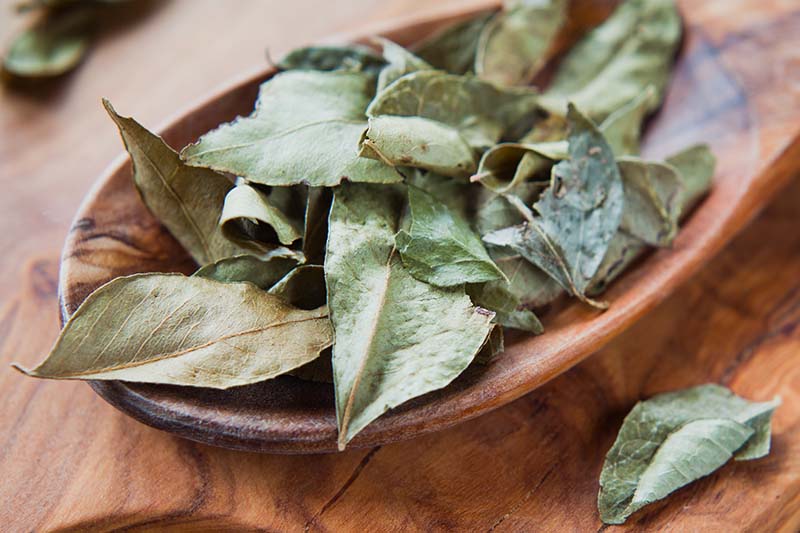
If you have a particularly large harvest, you can also dry the leaves. These will have a milder flavor than when they are fresh.
Place them in a single layer on a screen and put the leaves in a protected area with good air circulation until they are crisp and dry.
You can also place the leaves in a food dehydrator. They will keep in a cool, dark place in a sealed container for up to a year.
Find more tips on drying and storing herbs here.
Recipes and Cooking Ideas
Curry tree leaves taste a bit citrusy, with a bright, crisp flavor that’s sort of like a lemon and an orange combined with a bit of smoky spice.
One of the easiest ways to use the leaves is to put them in a dish whole to add some zing. I like to add leaves to tortilla soup for a citrusy hint of flavor.
They’re also delicious simply fried up in hot vegetable oil and a little salt, Sri Lankan style, as I learned from a friend. You can dip the leaves in aioli or toss them onto curries as a garnish.
Try finely chopping the leaves and adding them to bread dough. Curry leaf can be used to mix into the dough when baking naan or whole wheat bread.
If you’re having a fresh summer salad, drop a few raw leaves in with the lettuce.
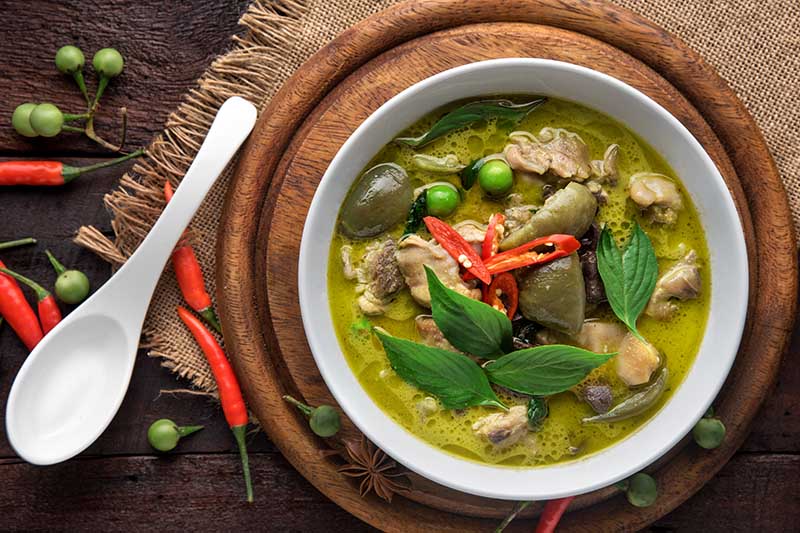
Since they’re citrusy, they are perfect for seasoning seafood dishes like etouffee, baked fish, or shrimp curry.
You can also take a page out of my recipe book and make a “curry leaf pesto” by blending one cup of olive oil with two cups of fresh curry leaves, a small sweet onion, three red chilis (less if you are spice-averse), one clove of garlic, and salt and pepper to taste.
It’s delicious mixed into sour cream as a dip, tossed with pasta, or used as a pizza topping or sandwich spread.
Medicinal Uses
Curry tree leaves have been used in Ayurvedic medicine for millennia. It has been used in this medical tradition to treat stomach issues, diarrhea, and bruising.
The leaves contain antioxidants, beta carotene, and vitamins C, A, B, and E. They also have iron, fiber, calcium, phosphorus, and amino acids. Studies indicate they have antimicrobial and anti-oxidative properties.
A Note of Caution:
While the berries are edible and have also been used in Ayurveda and Unani systems of medicine, the seeds of the plant are poisonous to mammals and humans – so don’t eat them!
There have been some promising studies on animals indicating some potential medicinal benefits of curry leaves, but human trials are needed to establish these benefits.
Quick Reference Growing Guide
| Plant Type: | Herbaceous perennial | Maintenance: | Low |
| Native to: | India, Sri Lanka | Tolerance: | Drought |
| Hardiness (USDA Zone): | 8-12 | Soil Type: | Organically rich, loose |
| Season: | Year round | Soil pH: | 5.6-6.0 |
| Exposure: | Full sun | Soil Drainage: | Well-draining |
| Time to Maturity: | 2-5 years for harvest | Companion Planting: | Garlic, mint, onions, sage, tomatoes, zinnias |
| Spacing: | 4-5 feet | Avoid Planting With: | Citrus trees, mustard, nasturtiums |
| Planting Depth: | 1/3 inch (seeds), depth of rootball (transplants) | Order: | Sapindales |
| Height: | Up to 20 feet, depending on variety | Family: | Rutaceae |
| Spread: | 4-8 feet, depending on variety | Genus: | Murraya |
| Water Needs: | Moderate | Species: | Koenigii |
| Common Pests: | Aphids, psyllids, spider mites | Common Diseases: | Leaf spot |
A Lot of Impact for Little Effort
Curry plant makes a beautiful houseplant or garden specimen, in addition to a tasty addition to your cooking – and who doesn’t love a plant that can do double duty?
Outdoors, the glossy leaves and luscious flowers make a charming addition to the herb or ornamental garden.
And then there’s the flavor of the leaves. Until you’ve popped a fresh leaf in your mouth to experience the crispy green burst of citrus, you don’t know what you’re missing.
By growing curry leaves at home, you can enjoy all this plant has to offer year-round.
Have you tried growing curry leaf plants? Share your experiences in the comments below!
If your mouth is watering for some more essential kitchen herbs and spices, here are a few other options to check out:

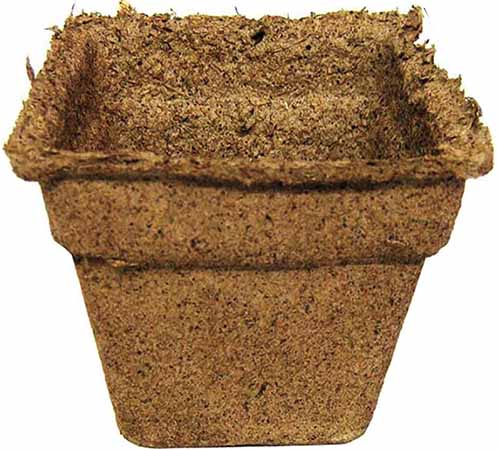
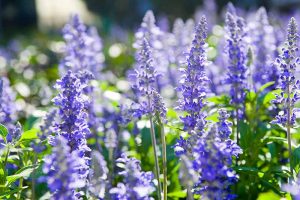
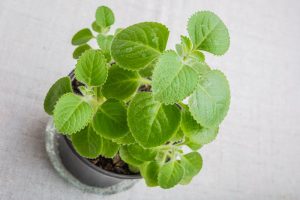
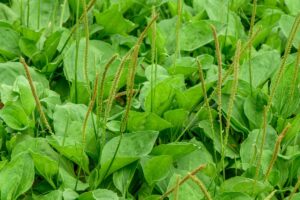
This is a good read!
Great article!
Since these plants just LOVE sunlight, if you are in UK or a similar climate, using an LED grow light is a great idea to prevent the plant from losing it’s foliage in winter, or even continue growth 🙂
Great idea, thanks. I can’t wait to grow mine.
Kristine, great article. I would love to support your work by buying a curry leaf plant or two by clicking on your webpage. However, I can not find a link for curry leaf plant. Please advise.
See the section above on varieties and cultivars to select. Thank you!
Very useful article. My Kari Patta plant has a small one alongside, growing – I would imagine-from a sucker. Can I detach it and pot it up to make a new plant?
I’ve got a beautiful baby curry leaf plant, recently had a few yellow/brown tips on leaves and some black spots on reverse and wondering what you think…
I believe it’s not to wet and not to dry.
Pic attached – I just misted it with water
The spots on the reverse don’t wipe off when touched and I can’t see any pests & I have very good vision! Could it be too cold at night?
Back of some leaves…
Hi Charlotte, if you’re sure you aren’t overwatering and you don’t see any pests, it’s most likely a lack of humidity or an excess of salt causing the discoloration. I see that you just misted the plant, but that doesn’t actually help all that much with the general humidity. The plant likes to be in 50% or higher humidity at all times, and misting only alters the general humidity for a brief period. Better to group plants, put them on a pebble tray, or use a mister/humidifier. When growing in pots, it’s easy to overfertilize them, and sometimes the plants… Read more »
What a great article about curry plants! Goes all the way from shopping for see to eating, and doesn’t miss anything in between, from fragrance to disease!
Thanks for reading Jackie, glad you enjoyed the article!